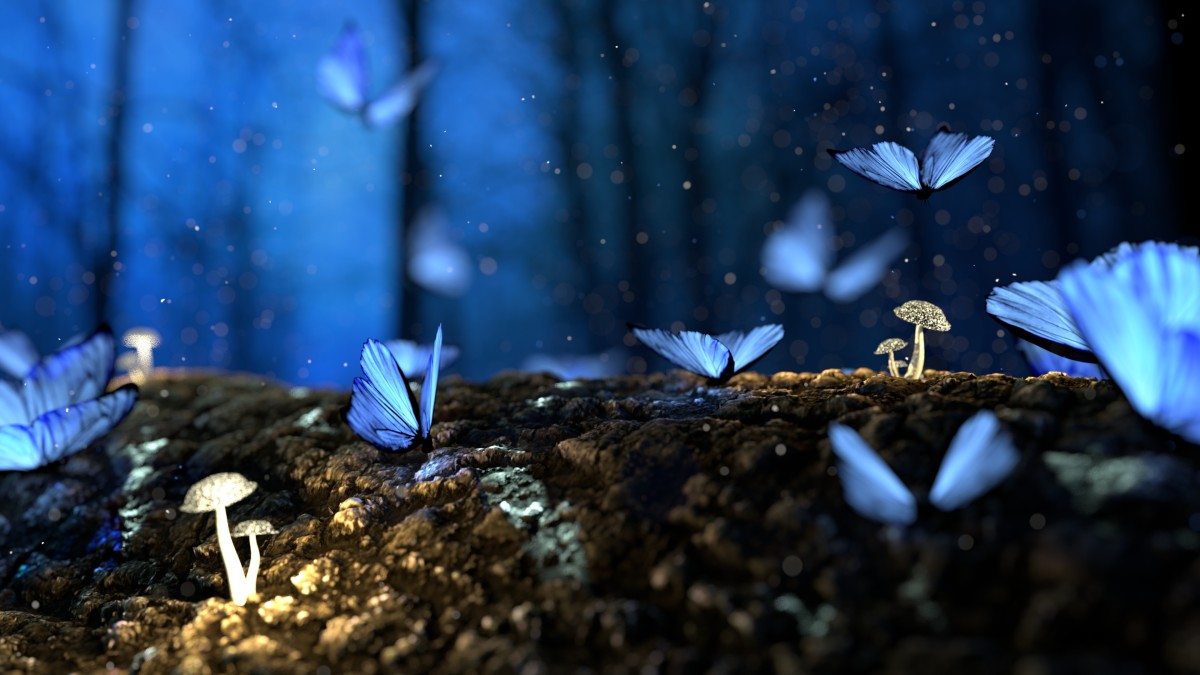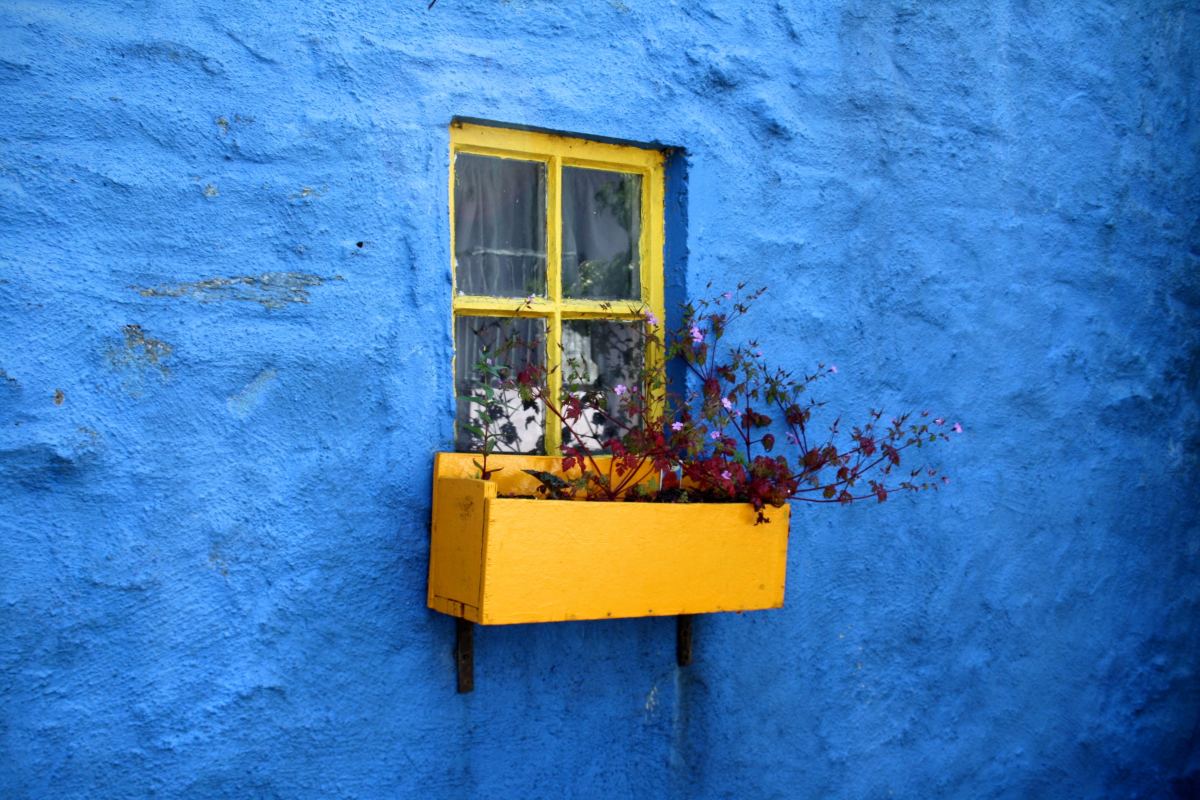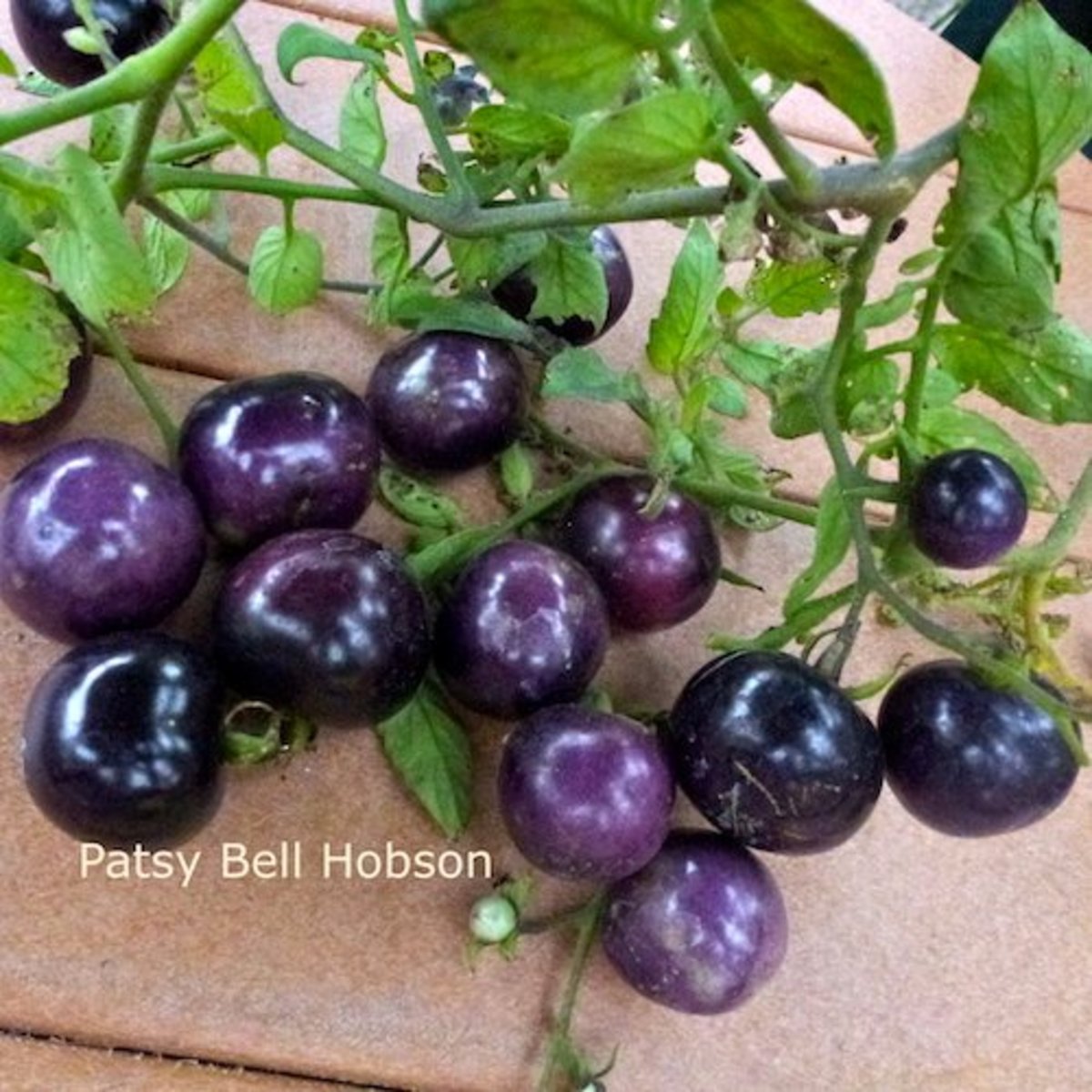The Colour Blue
Blue is a moody colour - over the years it has been associated with depression, sadness, spirituality and purity. Traditionally, blue was associated with the Virgin Mary, symbolising femininity and motherhood and then in the 20th century, became aligned with the masculine, ie; pink for girls, blue for boys.
Blue features in nature and dominates our collective field of vision, since it fills the vast expanse of the sky and is thus the colour we are most confronted with whenever we step outside...assuming it's a nice day. It is the colour of the ocean and is found in eyes, precious stones,plants, rocks, minerals, birds, butterflies, fish and insects (though not land mammals).
The colour blue is said to have a calming effect and there is some evidence that it can stimulate imagination and creativity. Researchers at the University of the Columbia in Canada, gave volunteers some toy parts to get creative with - half of which were coloured red and the other half blue. According to the study, those toy parts constructed out of blue materials were judged to be far more creative than those made out of red.

Sumptuary Laws
In Elizabethan England, some colours were considered so 'special' they could only be legally worn by select parts of the population. The Sumptuary Laws attempted to dictate what people could or couldn't wear, according to their status in the social hierarchy. Blue dyed with woad ( a flowering plant) was the colour of servants , however the rich intense royal blue, dyed with indigo, was the colour of the wealthy.
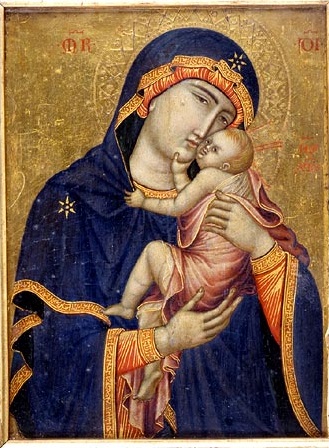
Blue: The Artist's Hue
As blue is such an evocative, mood defining colour, it has been favoured by artists for hundreds of years. In Byzantine art, blue, often matched with golds and reds, was the commonest colour used. In religious iconography the Virgin Mary is most often seen wearing blue, the representational colour of Heavenly grace.
Some of the beautiful, rich hues of blue used by various artist's through the centuries include the following:
Lapus Lazuli
Lapas Lazuli is a semi-precious, iridescent blue stone and for thousands of years was imported from Afghanistan for use in ornamentation and art. In the latter case where it's rich pigments were ground by hand to produce the intense colour ultramarine.
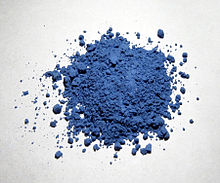
The earliest evidence of lapus lazuli being used as an artist's colour dates back to the 6th/7th centuries where it has been found in Afghanistan cave paintings. In China it can been found in 11th century paintings and in the European world, in the art and illuminated manuscripts from the 11th century on.
Extracting the blue colour through hand grinding was a tedious difficult process but in the 13th century the process was made easier by the inclusion of wax, oils and resins, mixed with the ground up pigment and it was used extensively in the paintings of the Renaissance era. These days, lapas lazuli is far too expensive a material to include in the artist's palette and ultramarine is now made from synthetic ingredients.
Egyptian Blue
Otherwise known as calcium copper silicate, Egyptian blue was named after its inventors, the ancient Egyptians, who used the pigment extensively over a period spanning thousands of years. A mixture of silicone,lime, copper and alkali, it is thought to be the world's first synthetic pigment.
Blue was a highly revered colour in the ancient Egyptian world and the Egyptians used it to decorate jewellery, to colour paintings, in architecture, for statuettes, tombs, utensils, on papyrus and more.
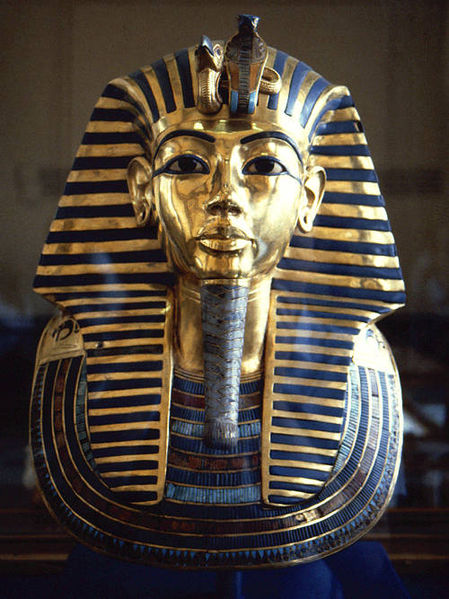
Prussian Blue
Also known as Parisienne blue or Berlin blue, Prussian blue is derived from prussic acid and, after Egyptian blue, is among of the first synthetic pigments to be made. It's also the colour found in traditional blueprints. It's believed the colour was first synthesized back in 1706 by the German painter Diesbach and improved upon by various others, including a French chemist, Pierre J Macquer in 1752. Pieter Van der Werff's Entombment of Christ in 1709 is the earliest known example of the use of Prussian blue in a painting.
Diesbach had actually been attempting to make a red pigment but after purchasing some potash contaminated with animal oil, which he mixed with iron sulphate, he discovered the mixture was too pale. He then attempted to concentrate the mixture further but got a purple colour, followed by a deep blue.
Prussian blue was an important breakthrough in artist's pigments, since it was considerably more light-fast and stable than other forms of blue pigment and much cheaper than lapas lazuli. The know-how of how to synthesize Egyptian blue had been lost, so Prussian blue took its place in the artists colour palette.

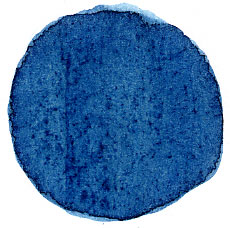
Indigo Blue
Indigo blue has been used as a dye in India for hundreds of years and that country was one of the world's primary suppliers. On the colour scale, indigo is somewhere betwen violet and blue and it's derived from a plant, indigofera tinctoria.
As a paint pigment, indigo blue was used by the ancient Egyptians, as well as the Greeks and Romans. In 1870 synthetic a version of indigo was invented, superseding the use of the natural plant form in painting.
indigo was also extracted in Europe from woad, which prodced a weaker form of the colour and less intense than the indigofera variety.
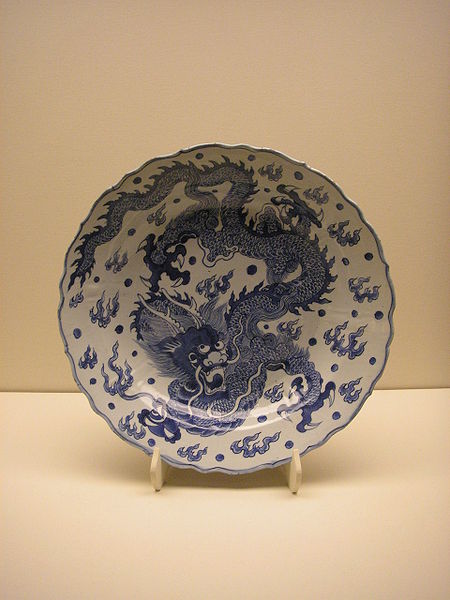
Cobalt Blue
Cobalt blue was discoverd by chemist, Louis Jaques Thenard in 1802, while he was experimenting at a porcelain factory and is tradtionally made by using the cobalt salts of alumina. However the Chinese had long used a form of the colour for decorating their historical blue and white porcelain.
Cobalt blue is a highly stable pigment and a little less saturated than its counterparts - which is one reason it became popular for painting skies in paintings.
The World's Most popular Colour
According to at least three global marketing firms, blue is far and away the most popular colour in the world. It has the power to elevate or depress...inspire and spiritualize or calm and suppress. Is there a more beautiful sight than a vast expanse of clear blue sky, perhaps with a brilliant sun illuminating a glistening blue ocean...? If there is, it would be hard to find.

